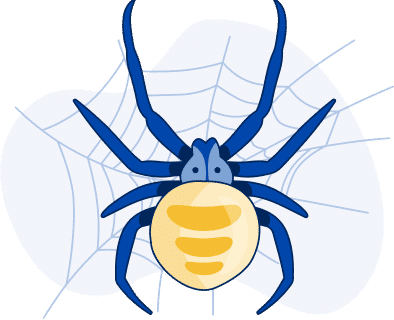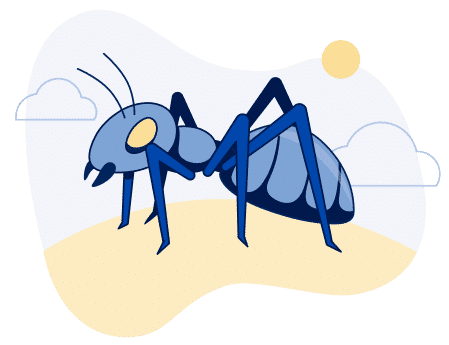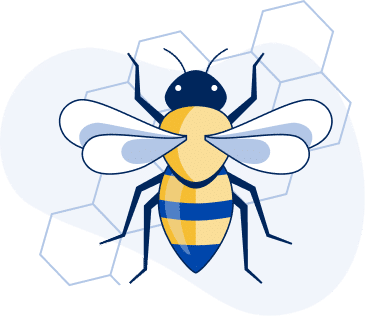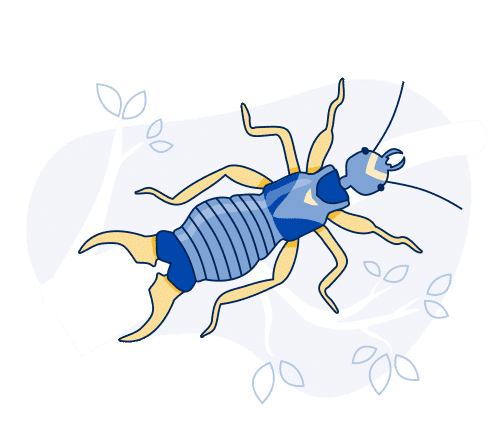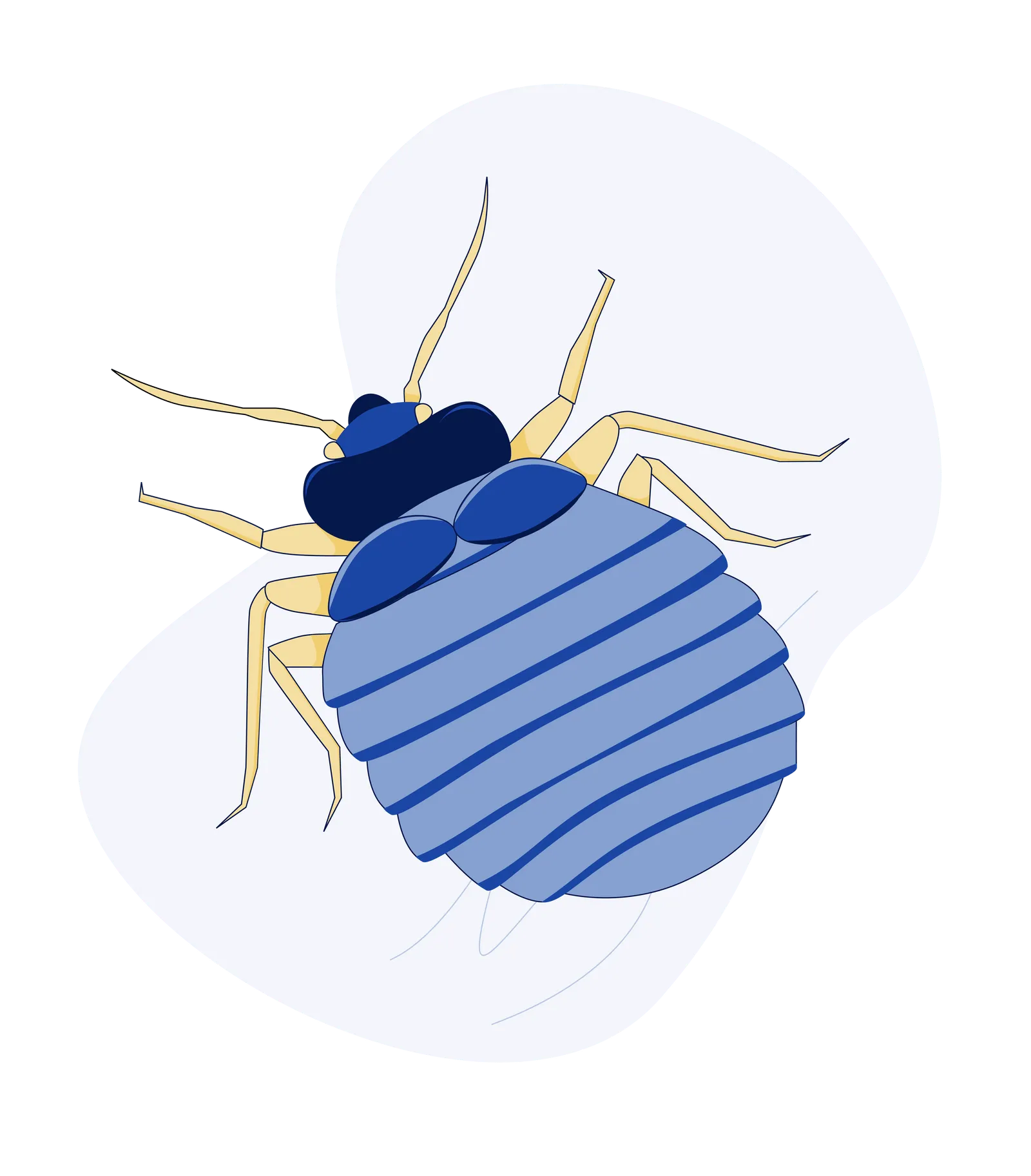What Do Ants Eat?

Imagine this: It’s a sunny afternoon in Utah, and you’re enjoying a quiet moment in your backyard. Suddenly, you notice a line of ants marching toward a tiny piece of bread dropped during lunch. Curious, you wonder, “What do ants eat, and why are they here?”
Understanding Ants' Diet: What Do Ants Eat?
Ants are opportunistic feeders, which means they can eat almost anything. There are over 12,000 ant species worldwide and nearly 100-150 varieties found in Utah. Ants thrive in diverse environments, including your home kitchen and gardens.
Their diet depends on the species, but here’s a breakdown of what ants typically consume:
- Sugary Foods
Ants have a strong sweet tooth! They are particularly drawn to sugary substances such as honey, maple syrup, jams, fruit juices, nectar, and candy. One of the most common offenders in Utah homes, Argentine ants, are notorious for their love of sugar. You might see them forming trails to sugary spills or even sneaking into your pantry to find sweet snacks.
- Protein-Rich Foods
Many ant species, including carpenter ants, require protein to build strong colonies. They feed on other insects, fruits, vegetables, and even meat from animal carcasses. Carpenter ants are particularly destructive, as they consume wood and the insects living within it. You may have carpenter ants in your home if you notice sawdust or damaged wood structures.
- Honeydew from Aphids
Some ants “farm” aphids, using their sugary honeydew excretions as food. In exchange, ants protect the aphid colonies from predators. This fascinating relationship highlights how ants can adapt their diet to their surroundings.
- Fats and Oils
Odorous house ants and Argentine ants are often drawn to fats and oils. These pests might be behind the dwindling contents of your compost pile, as they love greasy foods and decaying organic matter.
Fungi and Mold
Like leafcutter ants, certain species cultivate fungus as a primary food source. They carry leaves to their nests, using them to grow the fungi they consume. This farming-like behavior showcases the complexity of ants’ dietary habits.
The Ant Infestation in Utah
Utah’s semi-arid climate provides an ideal environment for ants. With close to 100-150 ant species, including pavement ants and carpenter ants, Utah homes are frequently at risk of infestations. Although most ants in Utah do not bite or sting, they can contaminate food and spread bacteria.
Ants are year-round pests in Utah. When they find food or water, they lay down an odor trail using pheromones, signaling other ants to follow the path. These trails can lead from outdoor food sources to inside your home, making ant control a challenge.
- Pavement Ants: Often found in cracks in sidewalks, these ants are known for invading homes in search of food.
- Carpenter Ants: These ants are particularly destructive to wood and can cause significant structural damage.
- Odorous House Ants: Known for the foul smell they produce when crushed, these ants are attracted to sugary and greasy foods.
How to Prevent Ant Infestations in Your Home
Preventing ant infestations is key to maintaining a pest-free home. Here are some effective tips:
- Clean up food and liquid spills immediately.
- Sweep up crumbs under kitchen appliances and counters.
- Store food in airtight containers to avoid attracting ants.
- Seal cracks and crevices around doors and windows to block entry points.
- Keep compost and garbage bins tightly sealed.
By following these simple prevention methods, you can significantly reduce the risk of ants entering your home.
How Serve Pest Control Can Help with Ant Infestations
If you’re dealing with an ant infestation in your Utah home, Serve Pest Control is here to help. With extensive experience handling Utah’s unique pest control challenges, our team offers comprehensive services to ensure your home or business remains ant-free.
Our process includes a thorough inspection to identify the ant species and their entry points, followed by targeted treatments that effectively eliminate the problem. We use safe, eco-friendly solutions designed for Utah’s climate, ensuring that your pest problems are handled with minimal disruption.
Contact Serve Pest Control Today
Don’t let ants take over your home or business. Call Serve Pest Control today for a free consultation. Our experienced team is ready to provide expert pest control services so you can enjoy a pest-free environment. We pride ourselves on protecting your property from the smallest invaders—whether it’s sugar-loving ants or wood-destroying carpenter ants.

